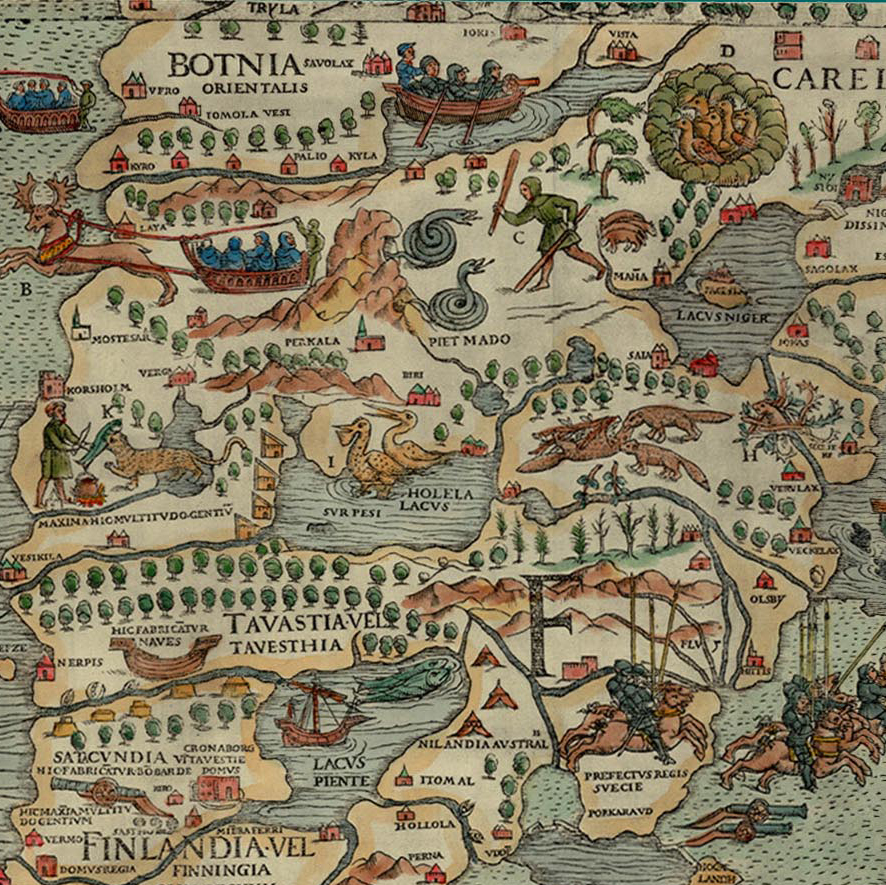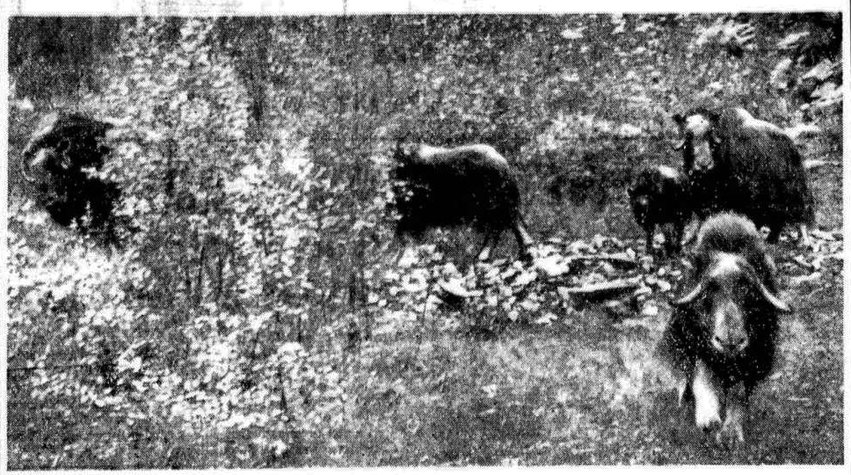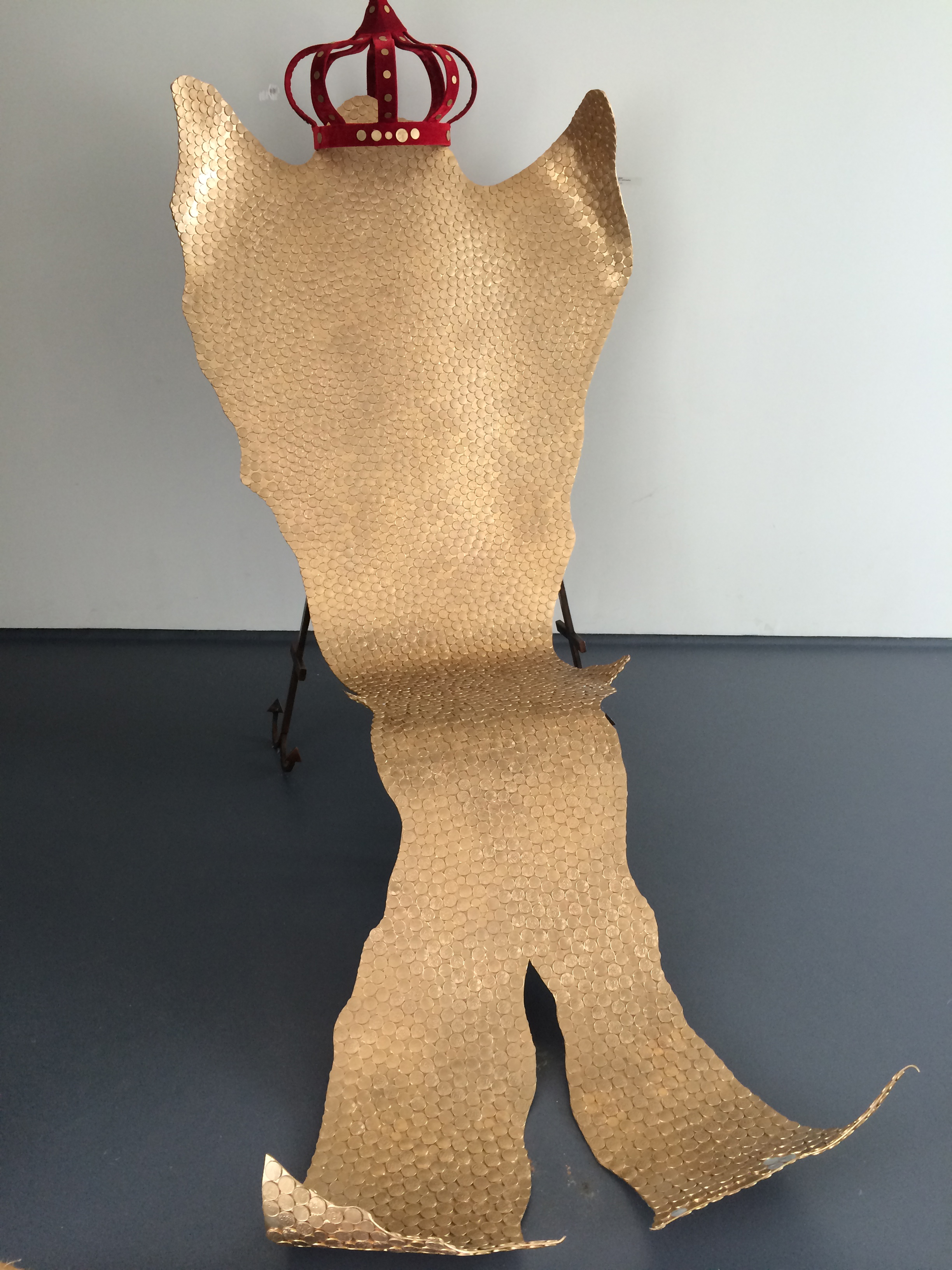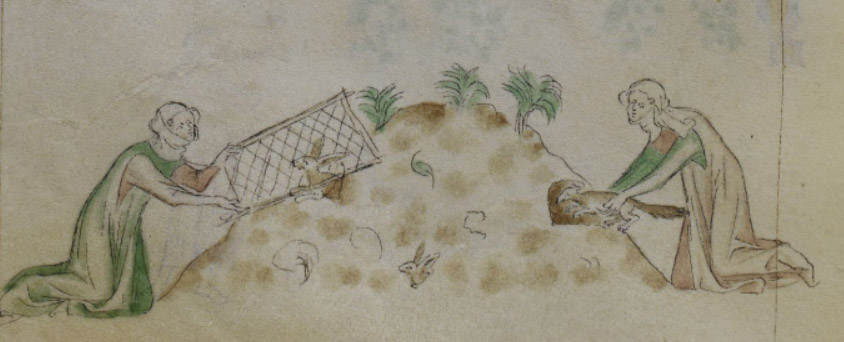
Wilding the domesticated
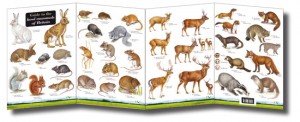
When I was at Wicken Fen near Cambridge last week, I bought a full color, glossy brochure titled Guide to the land mammals of Britain published by the Field Studies Council (an educational charity) for my daughter. She likes animals so I thought it would be a good lightweight, easy to carry gift. And she did indeed find it interesting.
I found it interesting as well, but for a different reason. I looked closely at the animals that had been included in the brochure, which features photos on one side and a paragraph write-up of each animal on the reverse. It turns out that 10 of the 36 animals pictured have been introduced to the British Isles by people, including the rabbit, grey squirrel, black & common rats, edible dormouse, mink, and 4 kinds of deer. The text for all of these includes a statement about the introduction, giving the time frame and/or place of origin — except for the rabbit. The rabbit’s introduction is not mentioned at all.

The rabbit (Oryctolagus cuniculus) was introduced to England after the Norman conquest in the mid to late 12th century. Rabbits were not brought over to run around free. They were specifically brought to England as livestock. Artificial rabbit warrens were constructed on estates, often in conjunction with deer parks, to farm rabbits. While there are native English hares (these also make an appearance on the brochure), the rabbit has been resident for a little over eight centuries, and this is less than some of the others whose introduction was mentioned, like the black rat which the authors write ‘was established in Britain by Roman times’ from Asia.
But the rabbit’s introduction is not the only thing missing. If you look at the picture, you realize that there are in fact some animals missing that are roaming around Britain, including the wild boar. It turns out that some of these missing animals are discussed in the text on the backside:
Other free-living ‘domesticated’ and introduced mammals may be seen in some areas. Free-living herds of ponies occur in the Welsh mountain, New Forest, Dartmoor and Exmoor. These are managed herds and all have owners. Herds of feral goats may be seen in parts of Scotland, the Cheviots and North Devon. These stocky hardy goats are descended from the goats of Celtic and Roman farmers. A mix of escapees and deliberate releases from wild boar farms have resulted in established breeding populations…
In this text, the authors have justified the exclusion of some animals from the picture section based on their ‘farmed’ history. Ponies, goats, and boar were all farmed. It seemingly doesn’t matter that the feral goats have been roaming around free for nearly 1000 years longer than the Muntjac deer introduced from China in 19th century. Previous farm animals don’t make the list.
Well, except the rabbit. The rabbit made it over the bridge from previously farmed to now wild animal. Perhaps this is because the rabbit is so much like the hare and not too many people farm rabbits any more so they have stopped being associated with their domestic roots. Perhaps the British classic The Tale of Peter Rabbit by Beatrix Potter, which sets up the wild rabbit family in opposition to Mr. McGregor’s farm, has made us forget that British rabbits too previously lived on farms. The once domesticated is now wild.
